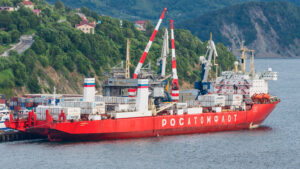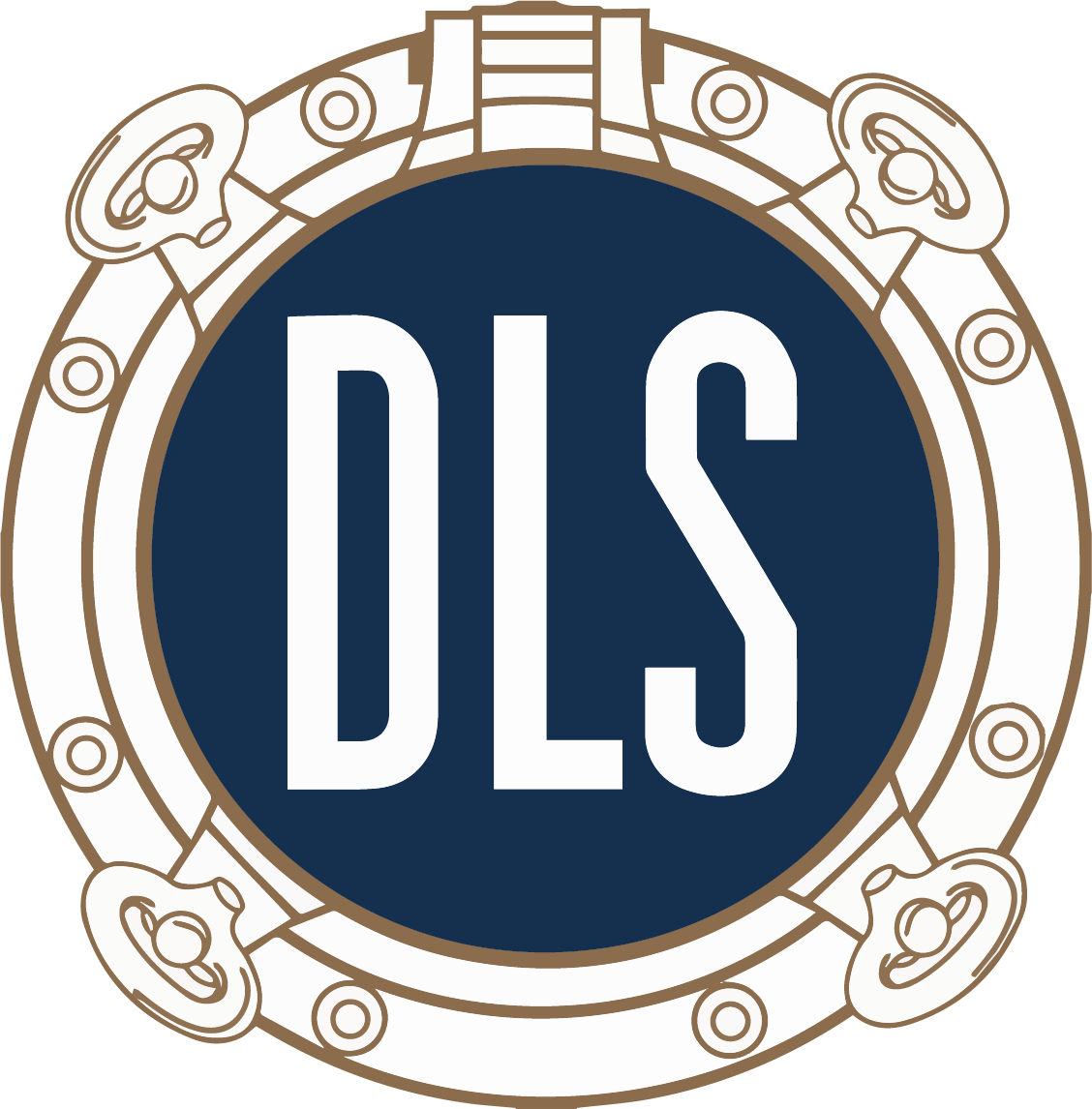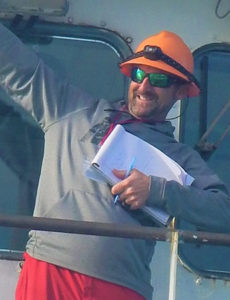- March 18, 2020
- Marine News
- Response to Coronavirus
We have been closely monitoring the impacts on our community and industry and are taking steps to keep our team, our clients and our community healthy. We have enabled all of our employees to work remotely through this period, but will still remain accessible 24/7. We are committed to maintaining our full level of support to our clients so should you need to contact us, please do not hesitate to contact us via phone or email. Should travel or accessibility restrictions inhibit any of our survey work, we will be completely transparent in our communications so we can work together to find the best solution for each scenario. The safety of our employees and clients is our top priority, and we hope everyone is taking precautions to minimize risks in this quickly evolving situation.
Thank you for being a part of the DLS extended family. We wish for you and yours to stay safe and healthy.
Harry Ward
President, DLS Marine











